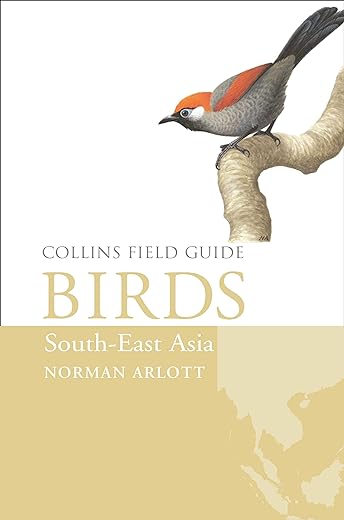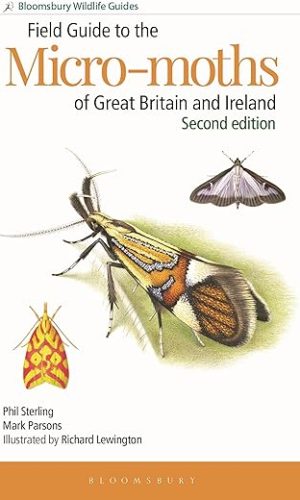Birds of South-East Asia (Collins Field Guide)
£31.20£38.00 (-18%)
This comprehensive new field guide is an excellent addition to the world-renowned series – the ultimate reference book for travelling birdwatchers.
Every species of bird you might encounter in the region is featured, apart from non-established introductions. This includes coverage of China (south of the line used to define the Palearctic), Hainan (treated separately from SE China), Taiwan, Myanmar, Thailand, Laos, Cambodia, Vietnam, Peninsular Malaysia, Singapore and the Coco Islands. As many of the major subspecies as possible are also included.
Beautiful artwork depicts their breeding plumage, and non-breeding plumage when it differs significantly. The accompanying text concentrates on the specific characteristics and appearance of each species that allow identification in the field, including voice and distribution maps.
Read more
Additional information
| Publisher | 1st edition (27 July 2017), William Collins |
|---|---|
| Language | English |
| Hardcover | 448 pages |
| ISBN-10 | 0007429541 |
| ISBN-13 | 978-0007429547 |
| Dimensions | 13.3 x 3.1 x 19.8 cm |










by jill milner
Handy size for suitcase and beautiful pictures
by Julie R
Good book but maps at the back were much too small to be useful
by Mario
Great book with a lot of information, some species a bit too vague but it’s all of south-east Asia which is why!
by VAUGHAN ASHBY – BIRDFINDERS
There are other books which cover the South-east Asian region but with the exception of Thailand, none which cover an individual country. This does mean that anyone going to Cambodia, Laos, Myanmar, Malaysia (Borneo has a good book) or Vietnam has to take one covering the whole region. This field guide is in the usual Collins format, relatively small and compact, and although the illustrations are very good, they are somewhat cramped making it difficult to judge real life size. The text is brief (as you would expect it to be in a book covering such a large area) and whilst it does have range maps for every species unlike the Helm/Robson book they are all together at the end of the book necessitation you having to turn from the illustration to the range map every time you want to determine if that species is within range. It is difficult to choose between the Helm/Robson book and this one with the former having a nicer illustration layout but this one having the benefit of range maps and being more compact so it’s really a case of you pays your money and takes your choice or, take both!
by Victor
The book is too compact, for my liking. The drawings of the birds are OK, but the pages are too small for the number of birds they contain.
Furthermore the attempts to reproduce the birds’ callings in writings are, I find, quite ridiculous. An example: woi-woi-woi-woi-woi,woi, whii-whii-whii-whii, or a huskier, jhor-jhor-jhor-jhor-jhor, calls include,a wu-wi-wi, and a nasal uh-uh-uh-uh-uh-uh. How do that sound? To use upto three lines in a limited text space for that is not quite wise, I find. That space could instead have been used to mention feeding habits, which are not mentioned at all.
The ‘Distrfibution Maps’ are at the back of the book, and not on the page opposite the birds they pertain to.
Yet I award the book three stars as I, nonetheless, find it OK and cannot say, after all, that ‘I don’t like it’.